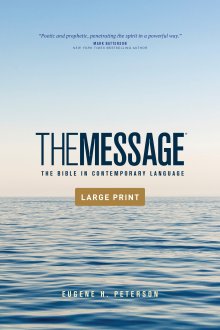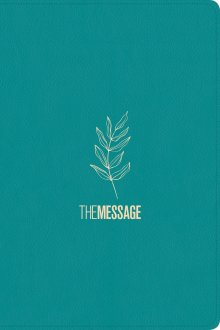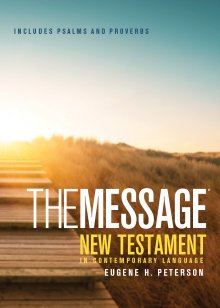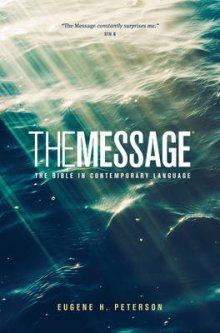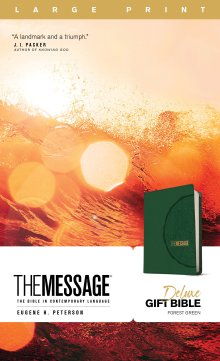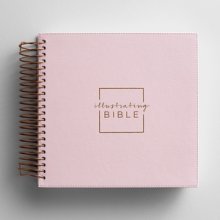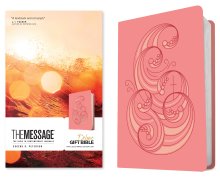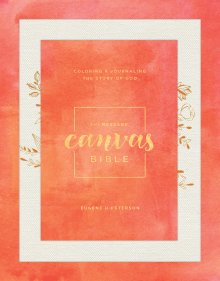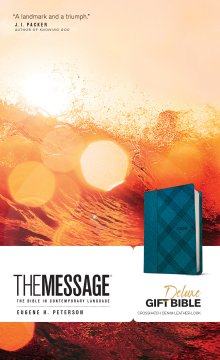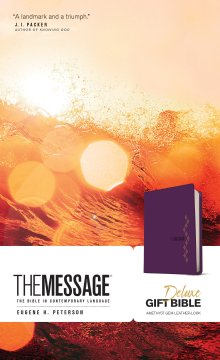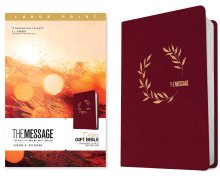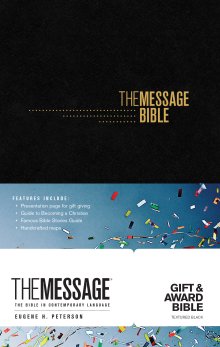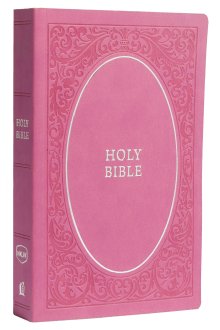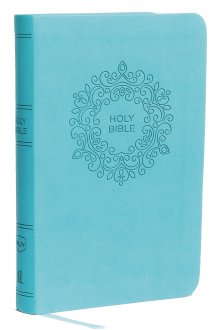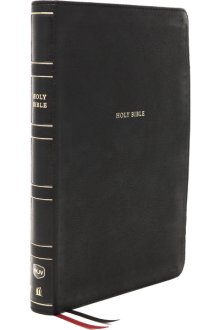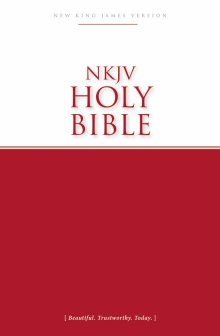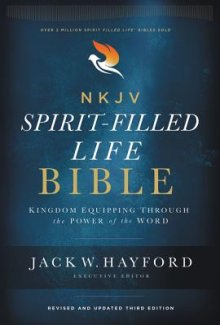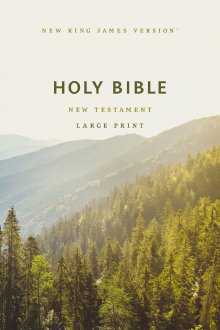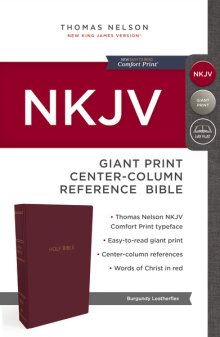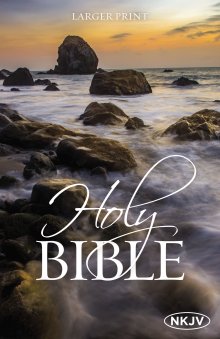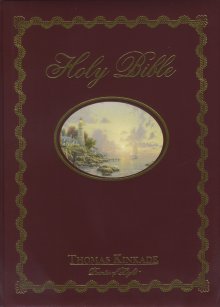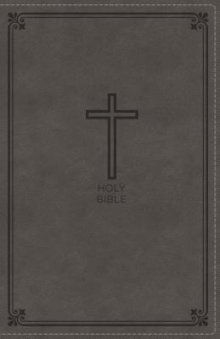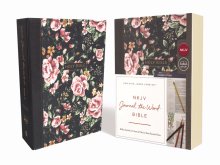The Message vs. NKJV: A Guide to Contemporary and Classic Bibles
The Editor

When exploring the world of modern Bibles, you'll find versions designed for every possible reading style. Two excellent examples of this are The Message (MSG), a vibrant contemporary paraphrase, and the New King James Version (NKJV), a faithful update to a timeless classic.
Are you looking for a reading experience that uses today's language to bring the Bible's stories to life in a fresh, dynamic way? Or do you prefer a more traditional, "word-for-word" translation that preserves the literary structure of the historic King James Version with updated vocabulary?
This guide will clearly compare The Message and the NKJV, helping you understand their different aims so you can choose the right one for your needs.
The main difference is their form and purpose: The Message is a contemporary paraphrase by Eugene Peterson, using modern idioms for a fresh, devotional reading experience, while the NKJV is a formal, "word-for-word" translation that updates the KJV's traditional language and structure for study.
At a Glance: Key Differences
Compare The Message (MSG) and New King James Version (NKJV) Bible Translations with our quick chart:

The Message: The Bible in Today's Language
The Message (MSG) is a paraphrase by pastor and scholar Eugene Peterson. He wanted to bring the vibrant, living power of the original Greek and Hebrew to a modern audience who might find traditional Bible language a barrier. He re-phrased the text in the kind of vivid, everyday language we use now, making it a brilliant tool for devotional reading and for seeing the biblical story with fresh eyes.
You should choose The Message if:
- You want a fresh perspective on passages you've read many times before.
- You find traditional Bible translations difficult to get through.
- You are looking for a highly readable version for your personal devotional time.
Our Top Recommendation for The Message:
The Message Gift Edition: The Bible in Contemporary Language
Experience the Bible's story in a fresh, new way. This gift edition presents Eugene Peterson's complete paraphrase in a clear format that's perfect for reading and sharing. Shop Now
The NKJV: Traditional and Faithful
The New King James Version (NKJV) was created with a deep respect for the original KJV. The goal was not to create a new translation from scratch, but to update the vocabulary and grammar of the beloved 1611 version for modern readers. It removes the archaic "thee"s and "thou"s but carefully preserves the classic sentence structure and literary cadence of the original. It is a "word-for-word" translation that remains a trusted resource for serious study and preaching.
You should choose an NKJV Bible if:
- You love the style and textual tradition of the King James Version but find the old English difficult.
- You want a literal translation that feels familiar and traditional.
- You are looking for a bridge between the historic KJV and modern language.
Our Top Recommendation for an NKJV Bible:
A popular choice that combines the traditional NKJV text with study features and insights from a charismatic/Pentecostal perspective, helping you experience God's Word in a new way. Shop Now
Making Your Choice: A Reading Companion vs. a Study Tool
The best way to approach this choice is to see them as different tools for different, but complementary, jobs.
- The Message is a wonderful reading companion to bring a fresh, contemporary perspective.
- The NKJV is a primary Bible for reliable, literal study that honours a classic tradition.
Many people find that using both—studying a passage in the NKJV and then reading it in The Message—gives them a rich, multi-layered understanding.
Ready to explore? Our Bible Finder tool can help you find the perfect Bible.
Latest Blogs

Bibles
The Message vs. NKJV: A Guide to Contemporary and Classic Bibles
Comparing The Message Bible and the NKJV? Our simple guide explains the difference between a contemporary paraphrase for reading and an updated classic for study.

Bibles
The Message vs. CSB: A Guide to Contemporary Bibles
Comparing The Message Bible and the CSB? Our simple guide explains the difference between a contemporary paraphrase for reading and a balanced translation for study.

Bibles
The Message vs. Good News Bible: A Guide to Easy-to-Read Bibles
Comparing The Message Bible and the Good News Bible (GNB)? Our simple guide explains the difference between a paraphrase and a simple translation to help you choose.

Bibles
The Message vs. ESV: A Guide to Devotion and Deep Study
Comparing The Message Bible and the ESV? Our simple guide explains the difference between a contemporary paraphrase for reading and a literal translation for study.

Bibles
The Message vs. KJV: A Guide to Contemporary and Classic Bibles
Comparing The Message Bible and the KJV? Our simple guide explains the difference between a contemporary paraphrase for reading and a traditional translation for study.

Bibles
NRSV vs. NKJV: A Guide to Bible Translations (2025)
Comparing the NRSV vs. the NKJV Bible? Our simple guide explains the key differences in scholarship, language, and source texts to help you choose the best one.

